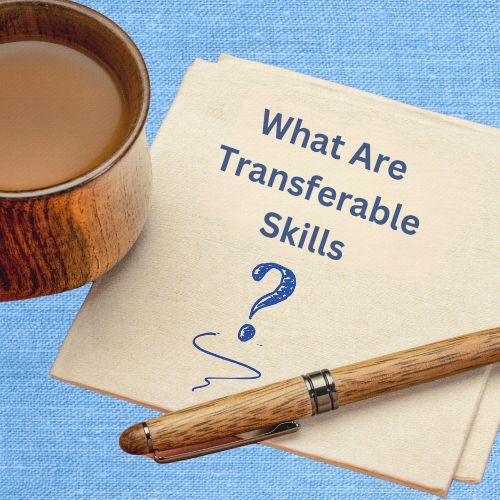
Today’s graduates will enter a world that is more competitive, more globally connected, and more technologically engaged than it has been in any other period of history. Over the course of the next decade, millions of young Canadians will enter a workforce that is dramatically different from the one we know today. With the growing automation of jobs, extraordinary technological advancements, and the realities of a global economy, students will need to be prepared for job flexibility, frequent career re-orientation, and work and civic life in a globalized digital age. Equipping students with transferable skills and a desire for lifelong learning will help to prepare them for these new realities, and to navigate and shape their future successfully.
What Are Transferable Skills?
Transferable skills are the skills and attributes that students need in order to thrive in the modern world. Based on international research, information provided by employers, and its work with jurisdictions across Canada, the Ontario Ministry of Education has defined seven important categories of transferable skills – sometimes referred to as “competencies”10 – that will help students navigate the world of work and meet with success in the future:
- critical thinking and problem solving
- innovation, creativity, and entrepreneurship
- self-directed learning
- collaboration
- communication
- global citizenship and sustainability
- digital literacy

Fostering Transferable Skills in Ontario's Education System
These seven broad categories of skills, necessary in today’s rapidly changing world, can be seen as a framework encompassing the wide range of discrete transferable skills that students acquire over time.
Developing transferable skills essentially means “learning for transfer” – that is, taking what is learned in one situation and applying it to other, new situations. Students in Ontario schools “learn for transfer” in all of the subjects and disciplines of the Ontario curriculum, from Kindergarten to Grade 12. In fact, in every grade and subject, their learning is assessed, in part, in terms of their ability to apply or transfer what they have learned to familiar and new contexts (see the category “Application” in the Sample Achievement Charts).
The curriculum provides opportunities for students to develop transferable skills in age- and grade-appropriate ways throughout their school years. Students develop transferable skills not in isolation but as part of their learning in all subjects of the curriculum. These skills are developed through students’ cognitive, social, emotional, and physical engagement in learning.
Educators facilitate students’ development of transferable skills explicitly through a variety of teaching and learning methods, models, and approaches, and assessment practices, in a safe, inclusive, and equitable learning environment.
Achievement chart page 51 Ontario curriculum
The framework described in Stepping Stones is based on a model that illustrates the complexity of human development. Its components – the cognitive, emotional, physical, and social domains – are interrelated and interdependent, and all are subject to the influence of a person’s environment or context. At the center is an “enduring (yet changing) core” – a sense of self, and/or spirit – that connects the different aspects of development and experience (p. 17).
Source: Stepping Stones: A Resource on Youth Development, p. 17

Educators who have an awareness of a student’s development are taking all of the components into account. They focus on the following elements of each component:
• cognitive development – brain development, processing and reasoning skills, use of strategies for learning
• emotional development – emotional regulation, empathy, motivation
• social development – self-development (self-concept, self-efficacy, self-esteem); identity formation (gender identity, social group identity, spiritual identity); relationships (peer, family, romantic)
• physical development – physical activity, sleep patterns, changes that come with puberty, body image, nutritional requirements
Use of a variety of instructional strategies: examples may include
small-group instruction; extensive use of visual cues, images, diagrams; visual representations of key ideas; graphic organizers; scaffolding; previewing of text; modelling; use of music, movement, and gestures; open-ended activities; pre-teaching of key vocabulary; peer tutoring; strategic use of students’ first languages.
use of a variety of learning resources: examples may include
visual material; simplified text; bilingual dictionaries; subject-specific glossaries; resources available in languages that students speak at home; concrete materials; learning materials and activities – displays, music, dances, games, and so on – that reflect cultural diversity.
use of assessment accommodations that support students in demonstrating the full range of their learning.
provision of additional time; provision of options for students to choose how they will demonstrate their learning, such as portfolios, oral interviews, presentations, oral or visual representations, demonstrations and models, dramatic activities, and songs and chants; use of tasks requiring completion of graphic organizers or cloze sentences instead of essay questions or other assessment tasks that depend heavily on proficiency in English.
